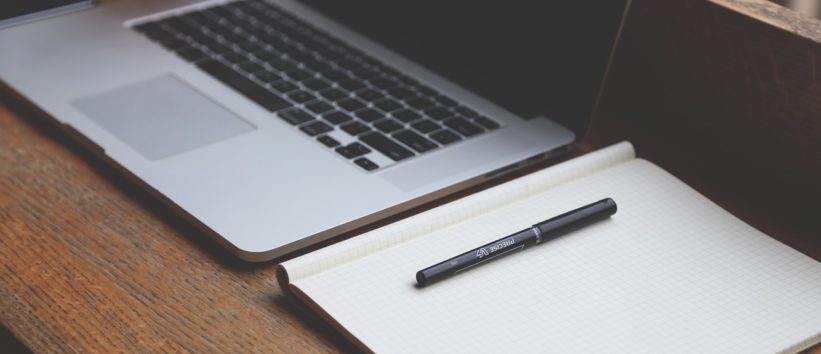7 Steps To Help Get Started in Forex
von Trading 101 Juli 16, 2019

Forex - short of foreign exchange - is one of the most commonly referred to types of commodity trading. In this particular form of trading you are buying and selling currencies: US Dollars, Euros, Japanese Yen and so forth. This particular market can be very intimidating especially if you didn’t have a helpful Trading 101 course in school that explained how different commodities get traded - so here are 7 steps for you to break into the FX market.
Step 1: Understanding the major currencies.
The most important currencies you need to be aware of: US Dollar (USD), European Euro (EUR), Japanese Yen (JPY), Swiss Franc (CHF), British Pound (GBP), Canadian Dollar (CAD), Australian Dollar (AUD), New Zealand Dollar (NZD). Currencies are always traded in pairs and there are 18 common pairs that are being quoted and traded by forex market makers, which include: EUR/USD, USD/CAD, USD/CHF, AUD/USD, GBP/USD, USD/JPY, NZD/USD.
Step 2: Understanding yield.
Every single time you do a FX transaction of any nature, you are buying one currency and selling another at the same time. For instance, you’re going long on NZD/USD - you are buying NZD by selling USD. Important to know here is that every currency has an interest rate set by that country’s central bank. So on every transaction you make, you have to pay that exact interest on the currency that you’ve sold - but you’re also going to earn from the interest on the currency that you’ve bought. Yield is also relevant to other forms of trading so consider this part of your trading 101 education.
Step 3: Understanding how to save money.
The term “spread” is the difference between the price at which you can buy a currency at and at the price you can sell it at. Spread is calculated in “pips,” with each pip being equivalent to 1/100th of 1%.
Step 4: Look for a reliable broker and bank.
Forex brokers are almost always tied to a major bank or financial organization. Ensure that whoever your broker is, that they are accredited with the Futures Commission Merchants and Commodity Futures Trading Commission. Of course, avoid shady brokers - check for reviews.
Step 5: Acquire the right tools to make decisions.
Some forex brokers will offer a platform for their clients to track the markets on, which is a standard practice for all types of trading. These platforms provide a lot of data - real time news, real time data and charts. It is highly recommended you ask for a demo of whatever platform your broker offers - if you don’t like it, don’t use it.
Step 6: Leverage.
Leverage is important - it is often expressed in a ratio. In forex, the changes in value of a currency can be in the fractions of a cent, so if you’re only trading with 1 dollar’s worth of capital, you’re not going to get far. The leverage is the amount of money your broker will lend you for your trade. If your ratio is 1:250, then for every $1 you put into your account, your broker will lend you $250, so that you can make more profit. Keep in mind that a higher ratio means a higher chance of also incurring debt.
Step 7: Understanding Technical vs. Fundamental analysis
Fundamental analysis is understanding certain aspects of markets that affect it - such as consumer price index, purchasing power, total retail sales, import and export. Technical analysis is a more mathematical and statistical approach to forex, which is more popular among forex brokers. Whichever you prefer is also the key to defining your own strategy. Long term, short term, analysis - those are all important.
